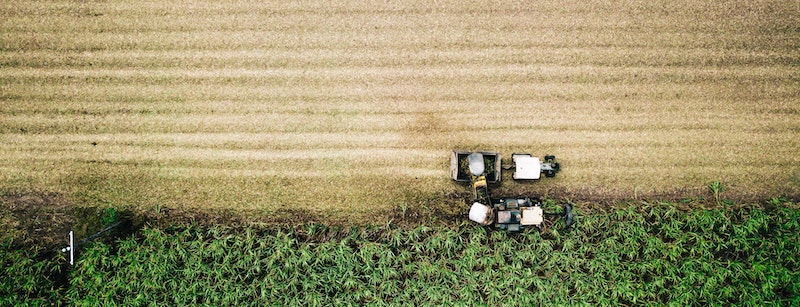By Greg Goodsell
While the federal government has sprung into action to help farmers make up for the shortfall brought upon by the pandemic, many fear that it will not be enough. Many farms, reliant on their restaurant trade, have seen as much as 95% of their income closed virtually overnight.
While the Coronavirus Aid, Relief and Economic Security Act, or the CARES Act, has set aside $16 billion to U.S. farms to assist in the current crisis, family farms continue scrambling to keep their fields open.
Until these funds become available, many growers have turned to the Small Business Association’s Payroll Protection Plan, only to find that this source has already been tapped dry. Those who qualify have been put into a waiting period of several weeks until these coffers can be replenished.
“Farmers that are selling directly to consumers or to schools, institutions and restaurants have had perhaps the most disruption,” Eric Deeble, policy director for the National Sustainable Agriculture Commission told CNN News. Smaller farms, Deeble notes, have been left considerably more vulnerable.
“For historically underserved farmers, low-resource farmers, farmers of color, veteran farmers, new and beginning farmers and ranchers, direct market opportunities are often the way that they can afford to get into farming and stay in farming” he says..
Smaller farms, prior to the pandemic had already been struggling with a pre-existing multi-year farm economy crisis and global trade war. Federal funding, others say, doesn’t address problems with distribution channels, growing consolidation, and a growing dependence on exports.
Officials worry that pre-existing conditions prior to the pandemic, such as labor shortages and global disruptions to farming and trade, could tighten America’s food supply in the future. Americans are already seeing less selection and higher prices on grocery shelves. Should smaller farms be forced to close due to economic necessity, some consumers may lose access to locally-produced food.
Many growers, turning to government aid for the very first time in their careers, have turned to the SBA Paycheck Protection Program to make payroll. For many, it has been a difficult and challenging process. The PPP involves a lengthy and complicated process for applying for funds online, and farmers that put in long days in the field have found this to be an additional, daunting task.
In short, small, local growers have found themselves in the unenviable position of either having to “sell it or smell it.”








